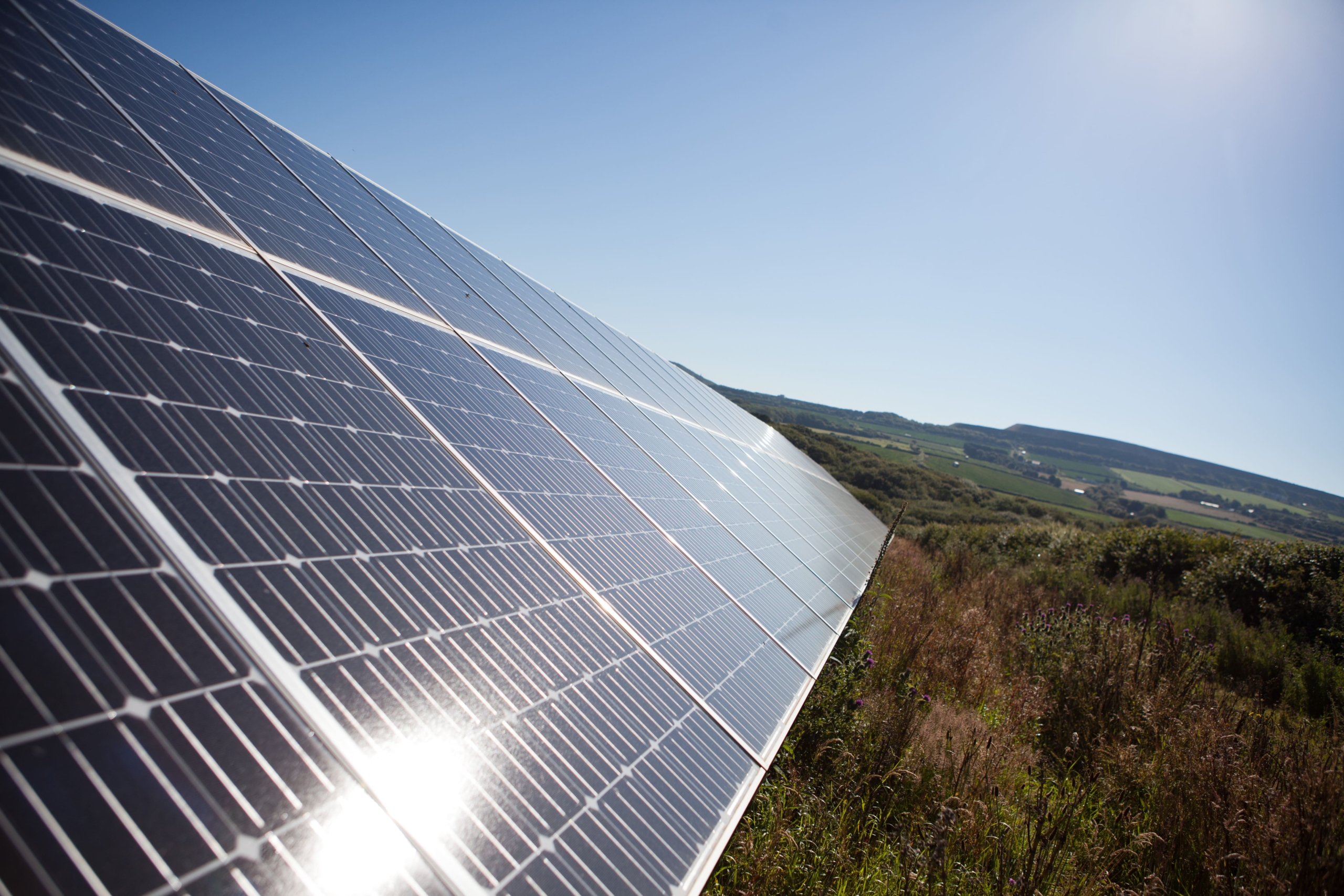Renewable Energy
Renewable energy, derived from natural and replenishable sources such as sunlight, wind, water, tides, geothermal heat, and biomass, is revolutionising the way we design and build. As the world transitions to a more sustainable future, incorporating renewable energy into architecture and building design is no longer an option but a necessity. In the 21st century, this integration is fostering the creation of environment-friendly Green Buildings that redefine modern construction.
What Are Green Buildings?
Green buildings are designed to minimise environmental impact while enhancing the quality of life for occupants. They incorporate features that:
• Utilise energy, water, and renewable resources efficiently.
• Reduce pollution and waste through recycling and re-use processes.
• Ensure good indoor air quality.
• Use non-toxic, ethical, and sustainable materials.
• Consider environmental impacts during design, construction, and operation.
• Enhance adaptability to changing climates.
• Improve the well-being and productivity of occupants.
These principles can be applied to a variety of structures, from homes and schools to offices and hospitals.
Renewable Energy and Green Architecture
Architects and Planners play a pivotal role in integrating renewable energy sources into building designs. This approach not only reduces carbon footprints but also enhances building efficiency and supports local economies. Let’s explore some key renewable energy sources and their applications in architecture:
1. Solar Energy
Solar energy tops the list of renewable resources, offering a sustainable, reliable, and cost-effective solution. Solar power is harnessed using photovoltaic (PV) cells or concentrated solar power (CSP) systems to generate electricity.
Applications in Architecture:
• Solar panels integrated into roofs, facades, and windows.
• Solar-powered systems for water pumping, refrigeration, and battery charging.
• Innovative designs like the Netherlands’ solar bike paths, where tempered glass-covered panels generate electricity.
Architects are continually innovating to seamlessly incorporate solar technology into the aesthetics and functionality of buildings.
2. Wind Energy
Wind energy is generated when turbines convert kinetic wind energy into mechanical power, which runs a generator to produce clean electricity. This energy source is emission-free and widely adopted worldwide.
Applications in Architecture:
• Designing buildings to incorporate wind turbines for on-site energy generation.
• Natural ventilation and temperature regulation using wind for cooling, reducing reliance on air conditioning systems.
• Inspired by traditional wind towers, structures like Masdar City in Abu Dhabi use wind to create natural ventilation for cooling lower levels.
3. Hydropower
Hydropower harnesses the kinetic energy of flowing or falling water in rivers, lakes, and dams to produce electricity. It is a well-established and reliable source of renewable energy with minimal emissions.
Applications in Architecture:
• Utilising water features in urban settings to generate hydropower.
• Designing infrastructure near water bodies to integrate this energy source.
4. Geothermal Energy
Derived from the Earth’s internal heat, geothermal energy is a clean and renewable source that can be used for heating, cooling, and electricity generation.
Applications in Architecture:
• Geothermal systems for residential and commercial heating and cooling.
• Large-scale adoption, as seen in Iceland, where 25% of the country’s total energy comes from geothermal sources.
5. Biomass Energy
Biomass energy, derived from organic materials such as plants and animals, is a valuable but underutilised renewable resource. It releases stored solar energy as heat upon combustion and can be converted into biofuels or biogas.
Applications in Architecture:
• Using agricultural by-products like wood, straw, and sugarcane as building materials.
• Supporting affordable housing with locally available biomass resources.
The Impact of Renewable Energy in Architecture
The integration of renewable energy in architecture has profound impacts on both the environment and society:
1. Environmental Benefits:
• Reduced carbon emissions.
• Conservation of natural resources.
• Mitigation of climate change impacts.
2. Economic Advantages:
• Strengthened local economies by using locally available renewable resources.
• Lower energy costs for occupants.
• Increased affordability of sustainable housing.
3. Social Impact:
• Improved indoor air quality and occupant health.
• Enhanced quality of life through better building design and operation.
The Future of Renewable Energy in Architecture
The future of architecture lies in its ability to innovate and adapt. Architects and designers are continuously exploring ways to integrate renewable energy seamlessly into buildings, balancing functionality, aesthetics, and sustainability. As renewable energy technologies evolve, their integration into urban planning and architecture will reshape cities, reduce environmental impact, and create healthier, more equitable communities.
By embracing renewable energy in architecture, we are not just building structures; we are building a sustainable future.
Large-scale Renewable Energy Schemes
The Government is committed to achieving net zero carbon emissions to zero by 2050 and a 68% reduction in carbon emissions by 2030. To achieve this, significant reliance will be placed on the introduction of new large-scale renewable energy schemes to reduce reliance on fossil fuels.
Laurence Associates has long-standing track record of obtaining planning permission for both wind and solar energy developments across the UK for over 15 years. These have included Environmental Impact Assessment (EIA) developments for which we have co-ordinated and prepared the required Environmental Statements.
We are well versed in the policies and procedures involved with such schemes, including undertaking public consultation events and liaising with local authorities and stakeholder groups.
Renewable energy schemes also provide opportunities to enhance biodiversity and our approach is to maximise these options wherever possible.
